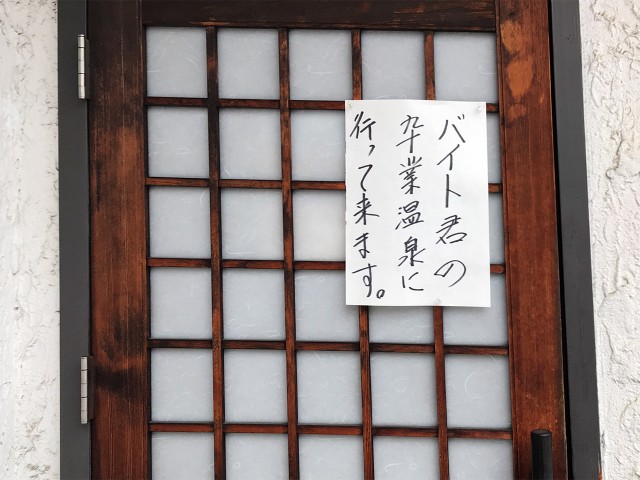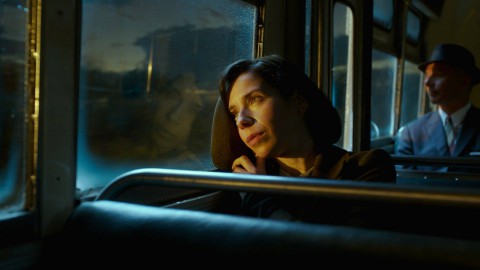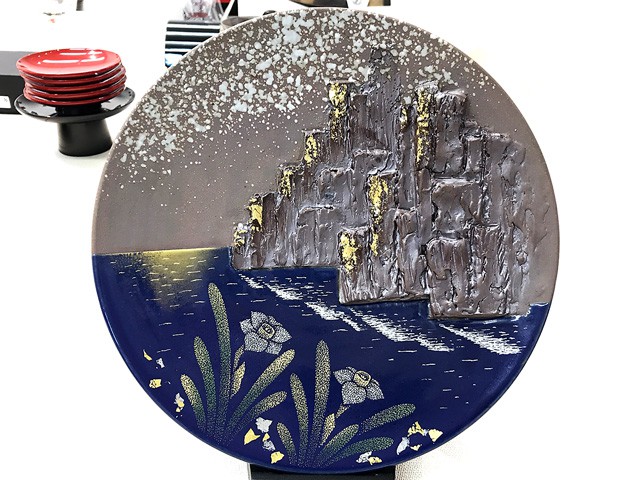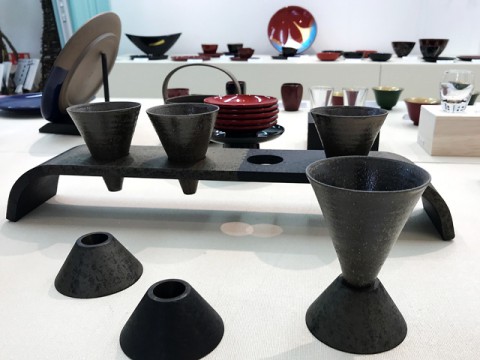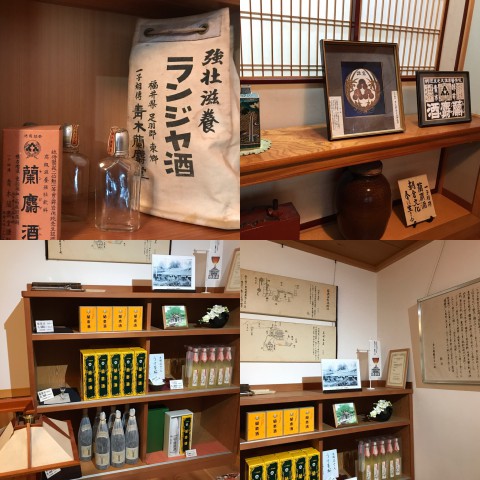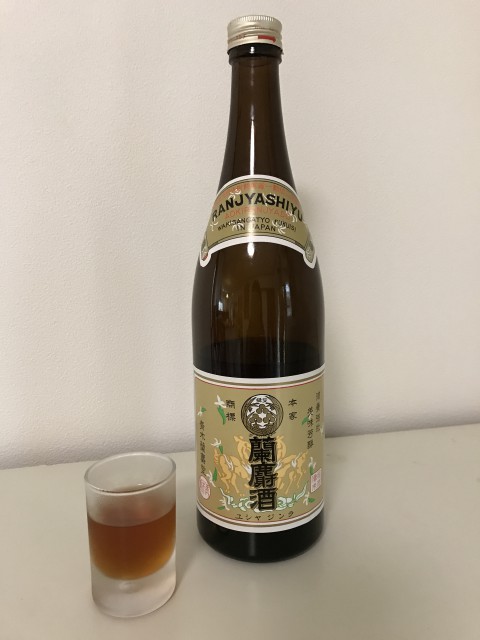
In our previous blog, we have introduced that Ms. Sonam Choki who is the image girl of Bhutan Museum Fukui and she appears in its poster came to Fukui from Bhutan. She stayed in Fukui City from January 20th, 2018 for about one month.
She was only 14 years old when the photograph that has been used for Bhutan Museum Fukui poster was taken. She is now 23 years old.
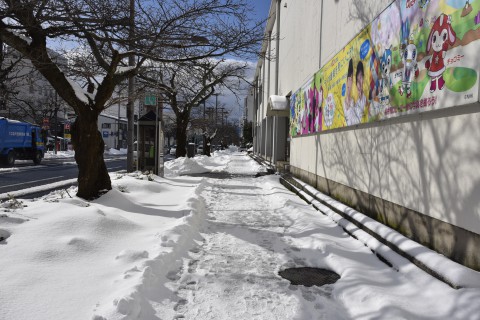
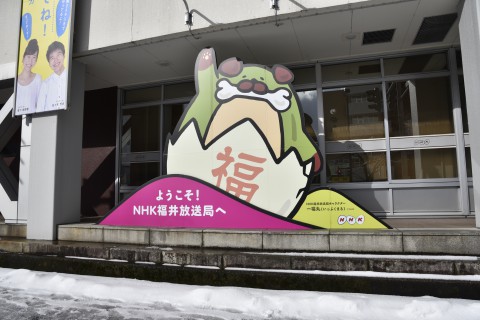
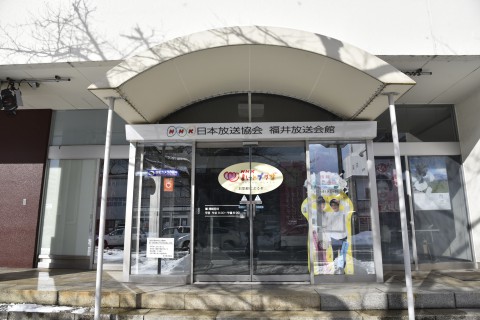
On January 23rd, 2018, Genji Nosaka, the former president of Bhutan Museum Fukui and Ms. Sonam Choki visited NHK in Fukui (Japan Broadcasting Corporation, Fukui Station). Since there is NHK World broadcasting in Bhutan, she’s seen their TV programs and familiar with NHK.
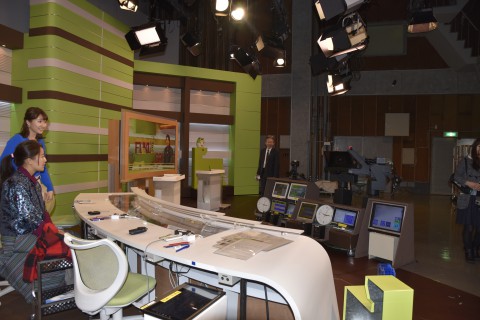

Mr. Hiroya Okado, the director of Fukui Station showed us around in the studio. We had always watched their news and TV programs as TV viewers but not as broadcasters in the studio. It was interesting for us to experience what is behind the camera and what they do in the studio. According to Mr. Okado, when a program is on the air, there are usually only a few people working in the studio. Other staff check the program, check the sound and so on in a different room.

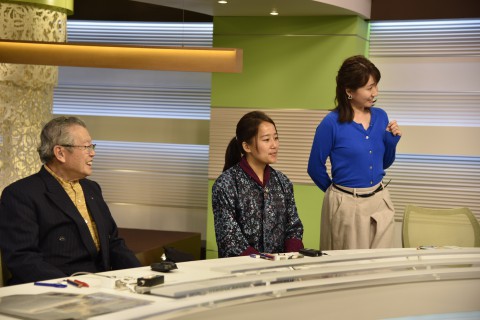
Ms. Erika Morishita, a television broadcaster who has cheerful attitude showed us how the program would be shown on the TV. It seemed very strange to see what we usually see at home in the studio. Ms. Sonam Choki was very interested in the TV camera which she had seen for the first time ever.
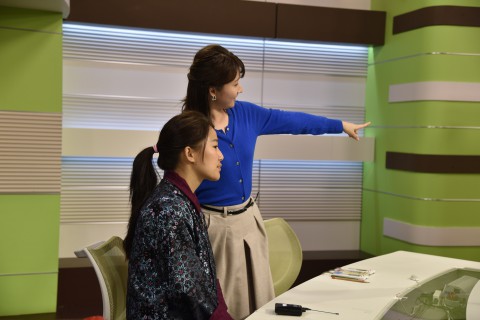

I’m sure you have seen at least one or two breaking news on TV.
Ms. Morishita showed us how they usually broadcast when a breaking news happen. An example script that she showed us looked as it needs to be read calmly, seriously and clearly.
At this moment, none of us knew that they would had to report many breaking heavy snow news 2 weeks later.

Mr. Nosaka and Ms. Sonam Choki had such a great experience seeing the studio, and learning about the TV company and their programs.
T.F
Enjoy our previous blog!
A Girl from Bhutan -Miraculous Reunion-
The girl in the Bhutan Museum Fukui's poster visited Fukui!! -January 22nd, 2018-
At Bhutan Museum Fukui, you can see many interesting things from Bhutan!
Official Website of Bhutan Museum Fukui
Official Website of NHK World


